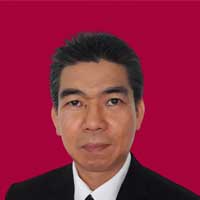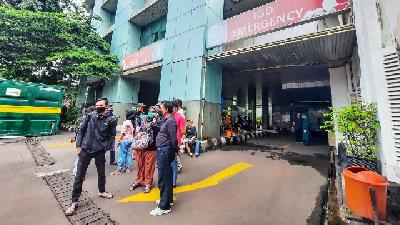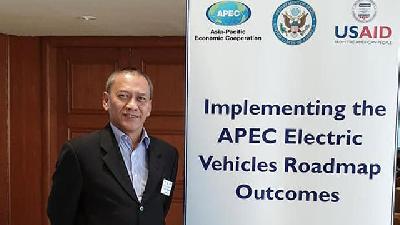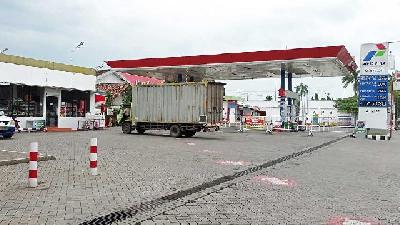Waste Management Problem Solver
Monday, February 22, 2021
The waste processing system of gather-transport-dump at the final disposal site must be replaced with processing at its source. Waste management can be a driving force for economic growth.
arsip tempo : 171402346245.
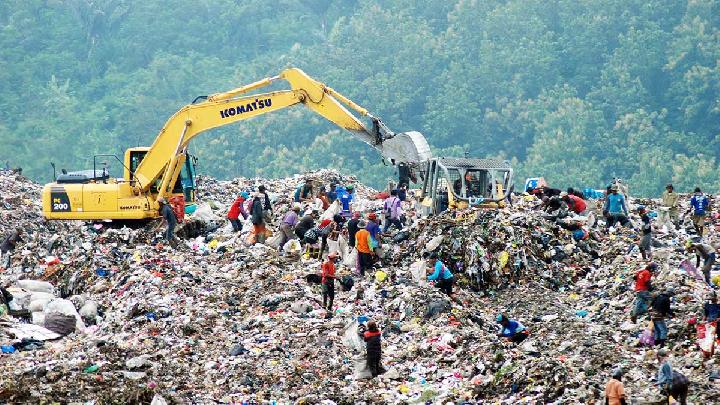
BADIAT halted cutting the grass to feed his goats on the Cireundeu village in Leuwigajah, Cimahi, West Java. He pointed to the valley on the other side of the hill, when asked about the waste final disposal site (TPA) in Leuwigajah. “On the other side of this hill is where the waste avalanche took place,” Badiat told Tempo on Sunday, February 14.
The ‘waste avalanche’ he referred to
...
Subscribe to continue reading.
We craft news with stories.
 For the benefits of subscribing to Digital Tempo, See More
For the benefits of subscribing to Digital Tempo, See More



